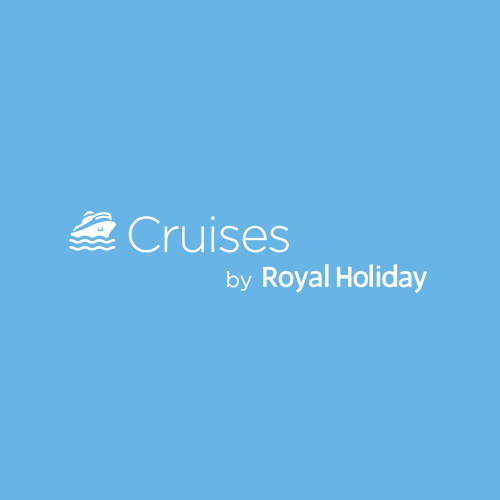With so many modern facilities and choices for fun and relaxation, there are countless options for a memorable vacation on board today’s cruise ships. One of the most rewarding experiences any cruiser can enjoy, however, is the simple, natural beauty of a whale breaching the waves or a pod of dolphins racing through the water.
Where to Go
Royal Holiday’s affiliated cruise lines sail in excellent whale-watching waters. People often spot humpback whales and grey whales, as well as distinctive black-and-white orcas, off the coast of the eastern Pacific, between Vancouver and ports in Alaska. The eastern Caribbean also is home to a variety of notable species, including beaked whales, humpback whales, and sperm whales. Off the eastern coast of South America, people frequently sight Humpbacks.
The warm waters of the Caribbean are also especially suitable for those who’d like to watch dolphins– or even swim with them. Many ports of call throughout the region offer dolphin experiences.
How to Get the Best Viewing
Once settled in their cabin, cruisers can simply sit back and watch for whales in the distance from the comfort of a deck chair or stateroom balcony. However, for a more intense and intimate whale-watching experience, passengers can arrange a shore excursion.
Whale-watching tours, conducted by experienced boat captains and knowledgeable marine biologists, are available through any cruise line’s booking service. Some cruisers opt to contact a whale-watching tour operator directly and make reservations themselves.
Before making a tour reservation, it is important to check reviews of the excursion or operator. Be sure to understand boat accommodations and the knowledge and qualifications of the staff before paying for a tour. This helps avoid a potentially unpleasant—and costly—excursion experience.
What to Take
When setting out on a whale-watching tour, cruisers need to be prepared. Above all, one should dress for the weather. In the Caribbean, it is likely to be hot but also rainy, so a sun-hat and light raincoat make sense. In Alaska, the air is chilly and the spray is damp, so a warm hat, a fleece top, and raincoat are good choices.
On any whale-watching adventure, binoculars (with a strap) will bring distant action a lot closer. Additionally, don’t forget to pack a camera to record the breathtaking experience.

